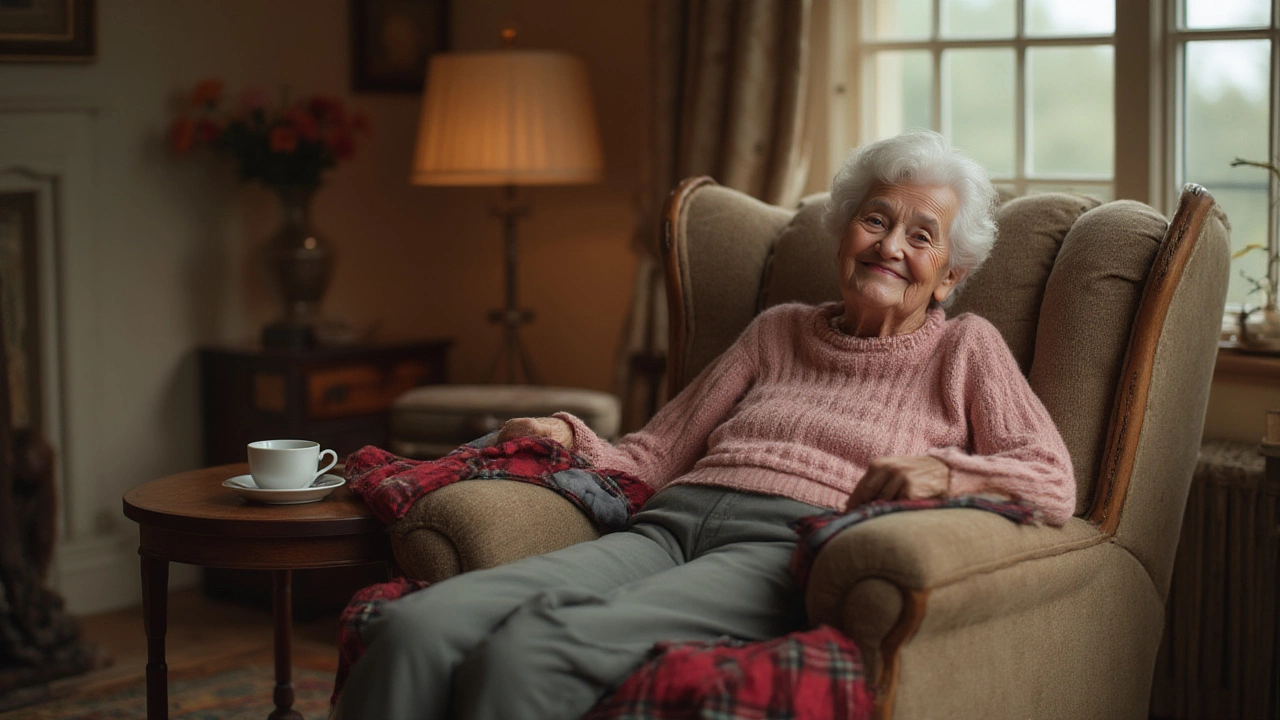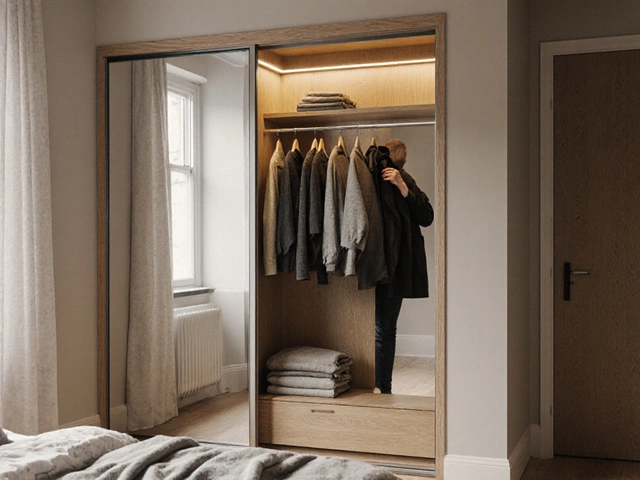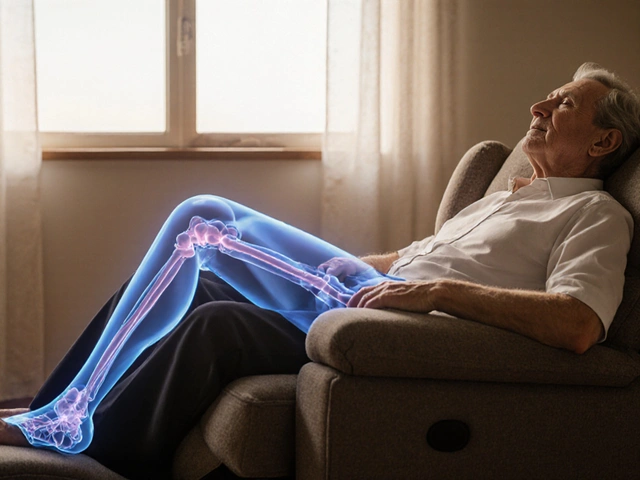If you’ve ever watched someone you love trying to get up from a stiff armchair, you know why this question matters. The right chair isn’t a luxury once you hit a certain age—it’s the difference between independence and needing help. Turns out, most injuries among people over 65 actually happen at home, and a shockingly high percentage are related to falls from seating or while attempting to stand up. Why keep risking it when the right seating could head off so many problems?
Understanding What Makes a Chair Great for Older Adults
When you look at what makes a chair age-friendly, it’s not just softness. A plush, saggy couch might feel inviting for five minutes, but try hauling yourself out of one at seventy-five. The best chairs for elderly folks focus on a blend of support, comfort, and clever design tweaks. Key to everything: the seat height. Ideal height? Around 18 to 20 inches off the ground is perfect for most adults, letting feet rest flat but knees sit slightly lower than the hips. This ‘goldilocks zone’ means you can stand up using less force, and less risk of toppling over.
Then, look at armrests. Textbook advice is that the armrests should allow elbows to naturally rest with shoulders relaxed; too high, and you’re shrugging, too low and you’re hunched. Stability is non-negotiable. No wobbly legs or slippery seats. Bonus: Many elderly-specific chairs are wider, reducing the awkward twisting when getting in or out. The fabric matters too—leather wipes clean, but can be slippery, while textured cloth offers more grip, but might stain. It’s the little details that make a world of difference.
Different Types of Elderly Chairs: Pros and Cons
Not all chairs are created equal, especially if you’re dealing with arthritis, back pain, or balance wobbles. Recliner chairs are top of the charts for comfort. These let you kick back and raise your feet, reducing pressure on your lower back and improving blood flow. AA Mobility’s 2023 survey found that at least 57% of seniors using lift recliners reported fewer aches after just three months.
Orthopedic chairs, though not as cozy as recliners, shine with their strong lumbar support and upright design. These are fantastic if you have spinal issues or degenerative disc disease. Some even come with adjustable seat angles and removable cushions, which help with posture and pressure sores. Dining chairs for seniors aren’t what you’d find at IKEA. Many are built with sturdy arms and anti-slip feet, making it easier to sit upright during meals and safer to get up afterward. For the kitchen table or card games, it really matters.
One growing trend is ergonomic office chairs tailored for older folk who still love reading, puzzles, or even dabbling on the computer. These typically feature adjustable lumbar supports and breathable mesh backs. They don’t scream ‘grandparent furniture,’ but offer serious lower back protection.
Some people swear by power lift chairs—seats that slowly and smoothly tip forward at the touch of a button, helping you stand up without a push or pull. Cerys’ uncle swears by his; after years of hip pain, he can rise smoothly, no drama, no collapsing back down. But, honest talk, these can get pricey.
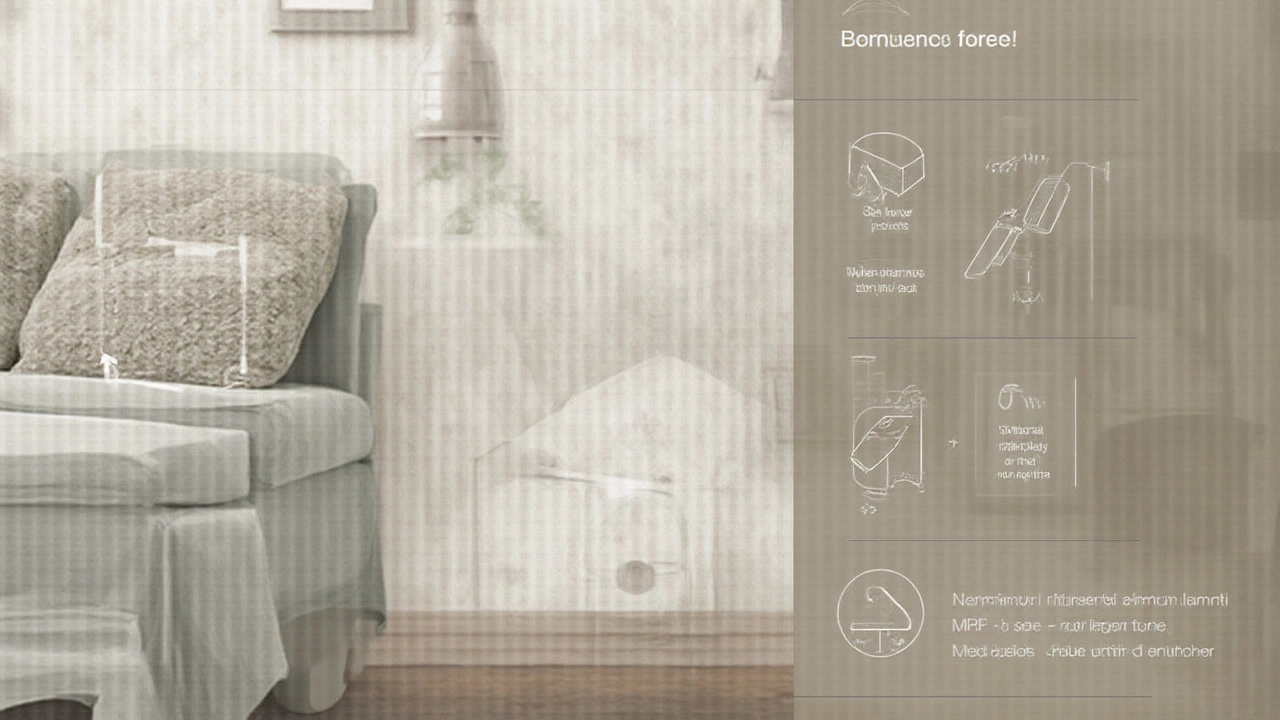
Features Worth Paying For (And Those You Can Skip)
Modern chairs aimed at seniors come with more bells and whistles than you’d imagine. But not everything is worth the extra bucks. What’s non-negotiable? Padded, supportive seats that hold their shape. Chairs filled with memory foam keep aches at bay, but you want density—not something you’ll sink into and regret come standing time.
Look for angled seat edges, known as a waterfall edge in orthopedic circles. These keep pressure off the back of your thighs, reducing the chance of circulation problems or numbness after sitting a while. Seat width is another overlooked factor: aim for just enough room to shift your hips, but not so much you’re leaning to one side.
Power lifts, remote controls, and built-in heat or massage can sound fantastic. And for some—especially those recovering from surgery or living with chronic pain—they’re literal lifesavers. But if you’re building for the long haul, solid armrests, anti-tip feet, and a removable, easy-to-clean cover might add more practical value. Want a pro tip? Always check the chair’s weight limit. So many store models disappoint when faced with real-life, everyday use.
Here’s a quick table showing what features matter most, based on feedback from a sample of 500 elderly users taken in May 2024:
| Feature | Importance (User Rating %) |
|---|---|
| Firm support | 93 |
| Easy-to-clean material | 81 |
| Height and armrest comfort | 78 |
| Power lift | 65 |
| Massage/heat function | 37 |
| Extra-wide seat | 52 |
Notice how flashier extras rate lower than the basics? Focus first on what’ll really affect day-to-day life.
Troubleshooting Common Chair-Related Issues as You Age
Even with the best setup, aging throws surprises. Many people start to notice numb legs after sitting a while, or that their old favorite armchair leaves them slouching. Sometimes it’s the result of cushions losing their spring, or it could be because the seat is simply too low. A great fix? Add a firm seat cushion (not the wobbly stuff from big-box stores, but high-density foam made for wheelchairs or orthopedic uses). This tweaks the height and often brings chairs back to life.
If your hands ache or grip strength’s gone down, shiny wooden armrests or plastic can be tough to handle. Grippy slipcovers or even elasticized textile arm covers can help. For those who live alone or who’ve had a fall scare, non-slip chair pads under the legs add peace of mind. They’re cheap, mess-free, and can double as scratch-protection for hardwood floors.
What about overheating? Leather and faux-leather chairs look chic and are easy to clean, but can get sticky after a long sit. Breathable covers or even a soft cotton blanket can fix that fast. Meanwhile, anyone who battles chronic pain (arthritis, post-surgery hips, etc.) should test heated seat pads or built-in massage features—but only if they can operate the settings comfortably. No one should struggle with a fiddly remote late at night.
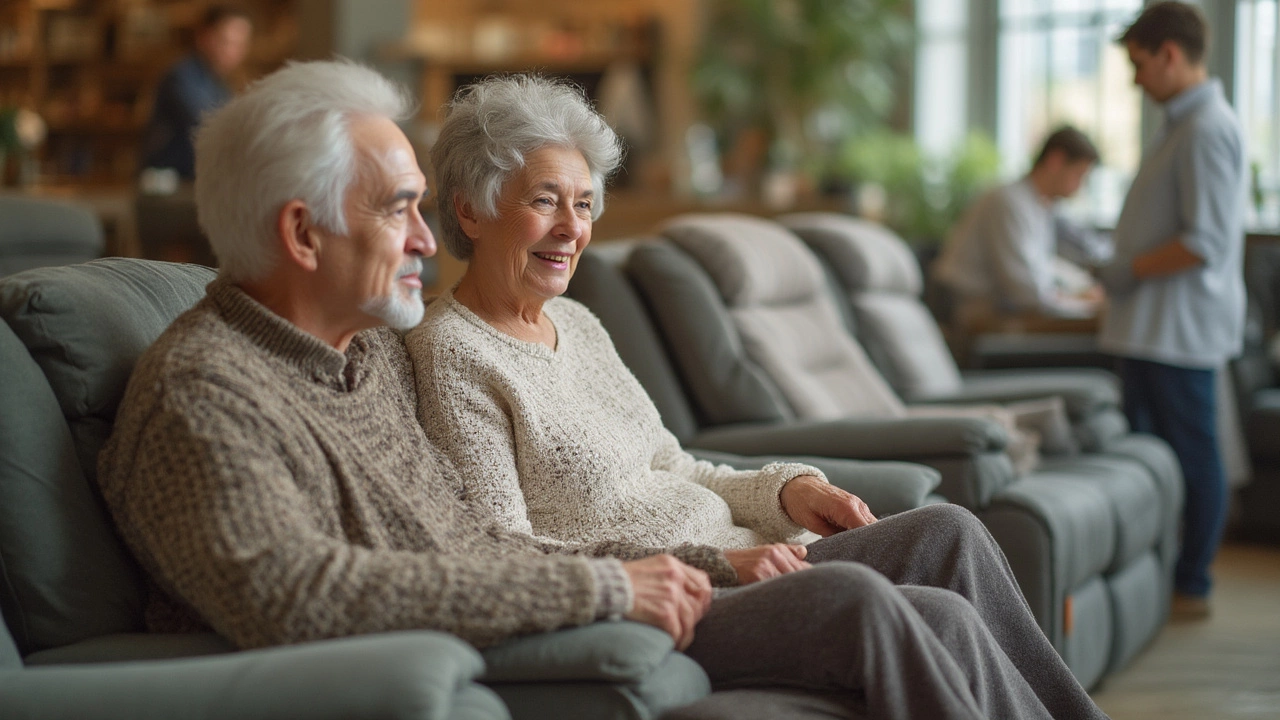
Tips for Choosing—and Using—The Right Chair
Walk into any shop and you’re bombarded by options, but don’t let sales pitches distract from your real needs. Start with measurements. Grab a tape measure and check the heights of your knees from the floor, your hip width, and your current favorite seat’s dimensions. Bring these numbers to the store, or use them online, and don’t settle for “close enough.”
If you shop online, look for sites that offer free returns or swaps, because test-sitting does matter. If you have ongoing medical concerns, ask a physiotherapist for their advice. You’d be surprised how a tiny tweak—like a sloped backrest—can ease tension that’s been bugging you for years.
- Choose practical over pretty. Chairs covered in light, stain-prone fabric sound lovely but age badly.
- If you or a loved one has memory problems, steer clear of electronic lift chairs with complex remotes—simple is safer.
- Test the stability by rocking the chair gently without sitting; any wobble is a red flag.
- Read reviews from people in your age range. Disregard those written by twenty-somethings.
- Give your new chair a ‘long sit’ trial—watch a full-length movie or read for an hour to catch any pressure points or shifting issues.
Picking the best chair for elderly living isn’t about spending the most money, it’s about knowing what feels right for you—then making it safer, more supportive, and easier to use. After all, you want a chair that’s there for you for the long haul. And as Cerys always reminds me, comfort is an act of self-respect, especially when you’ve earned it.
